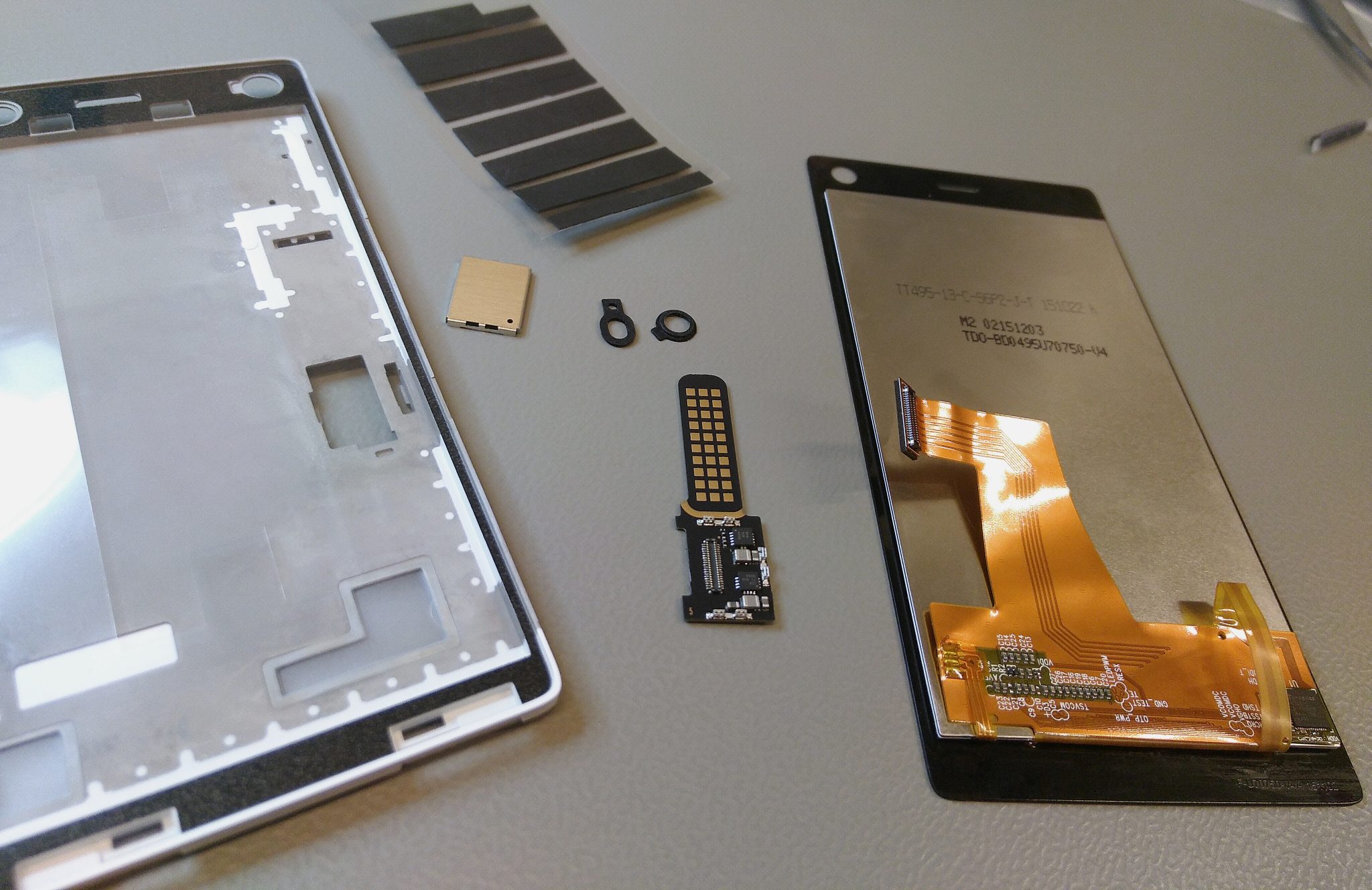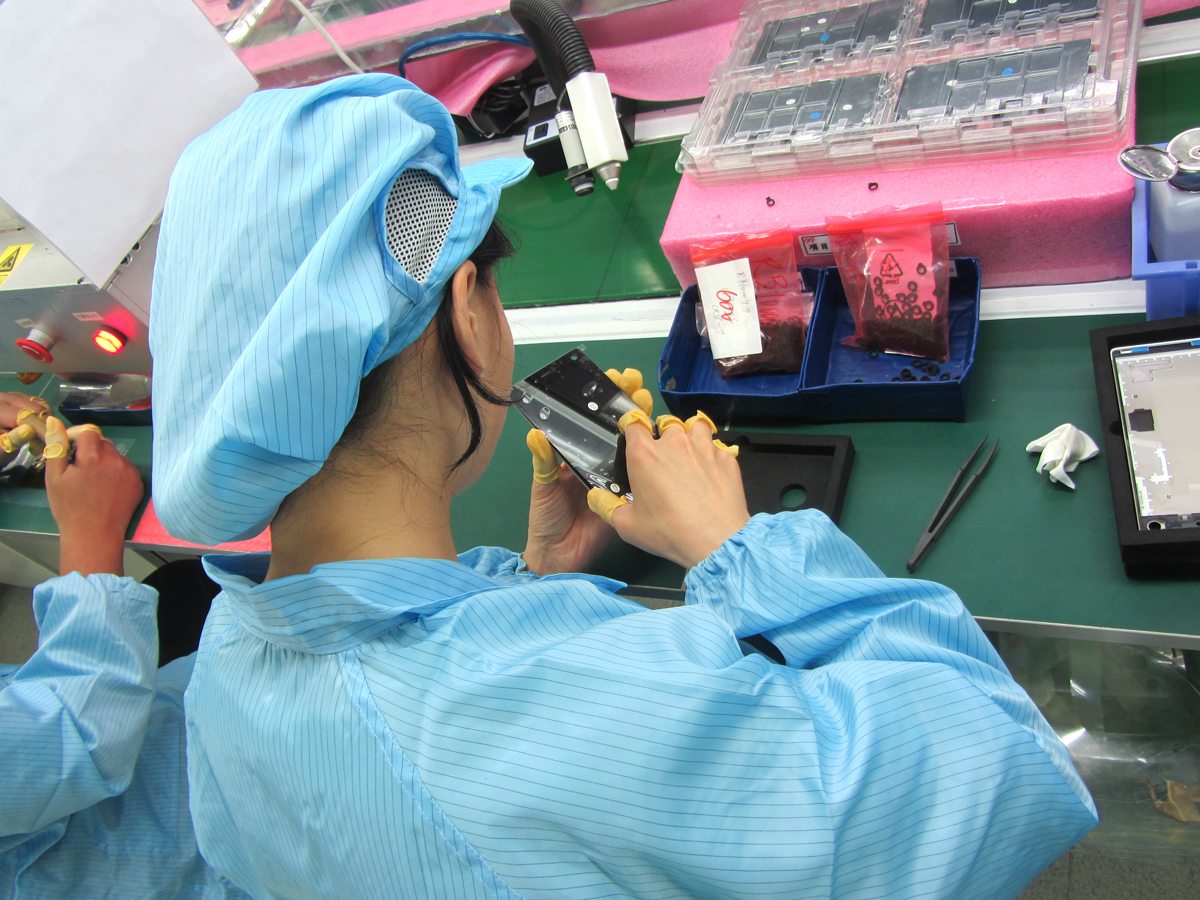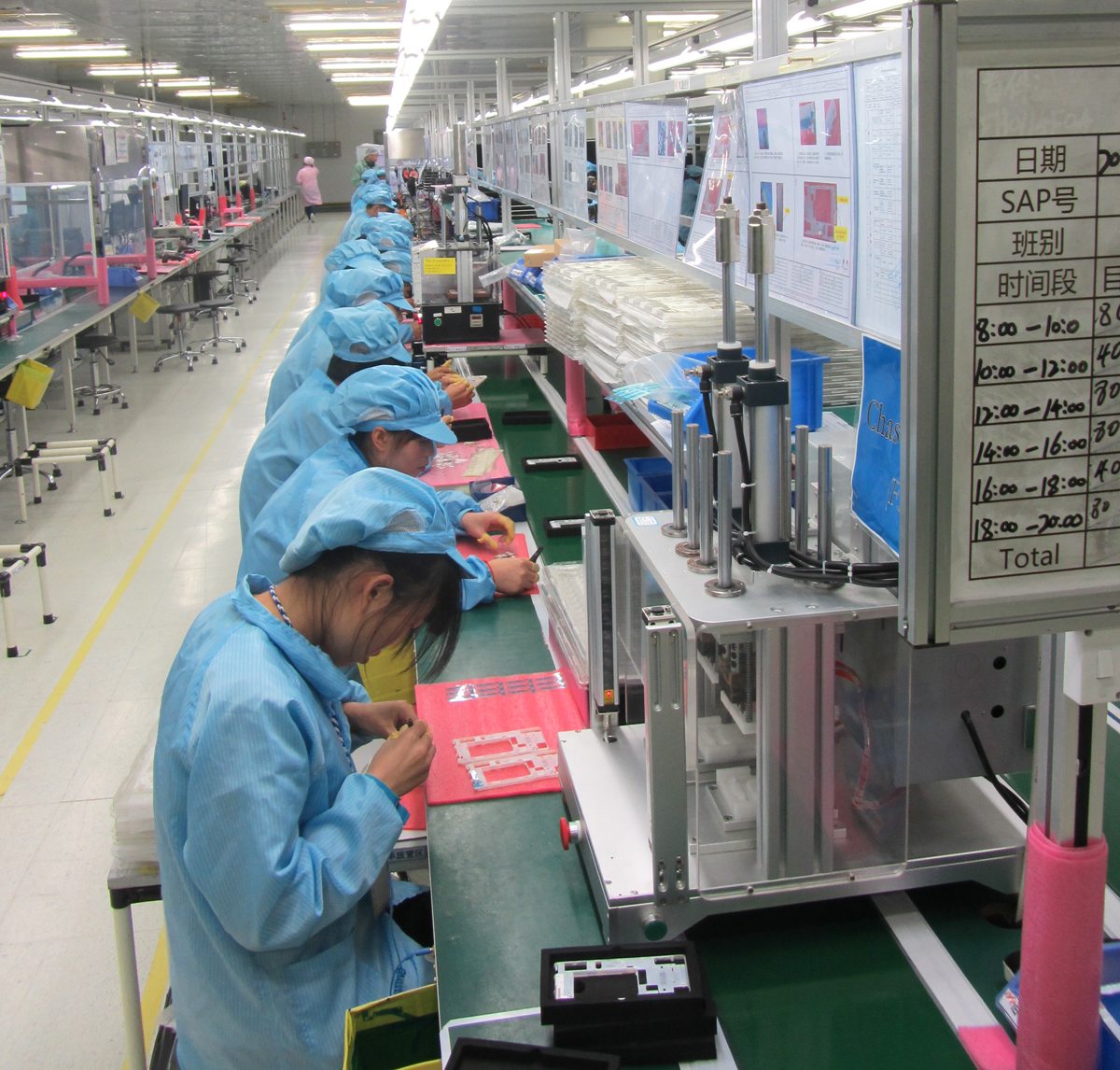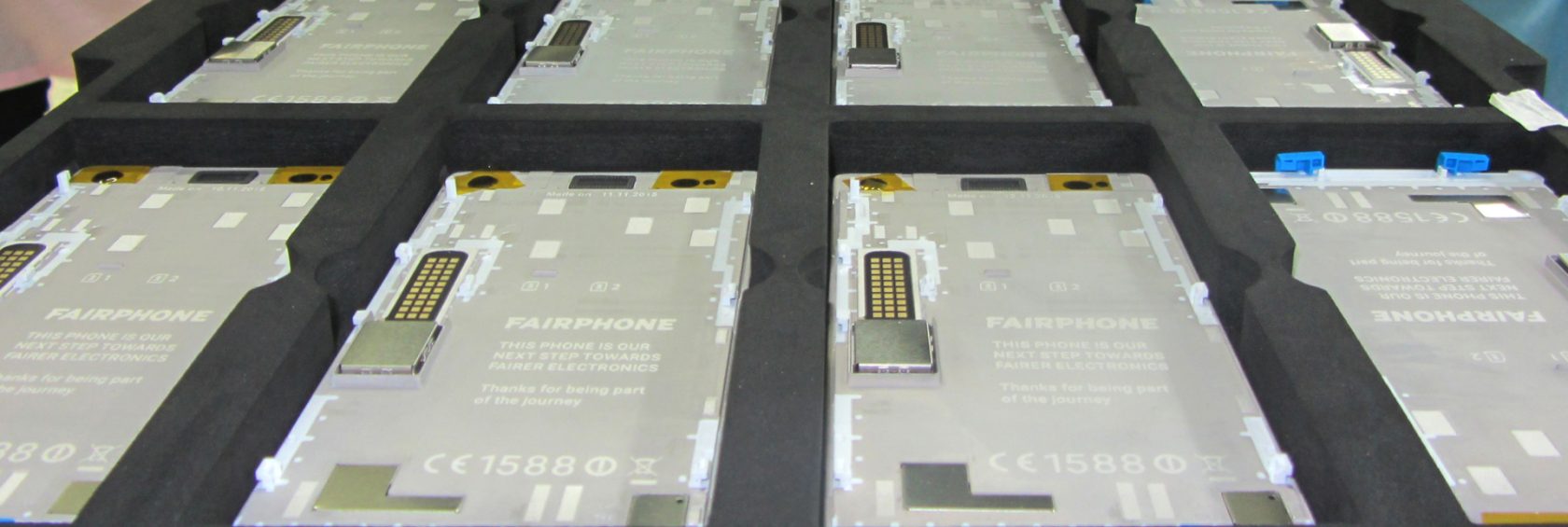Supply chain stories: What happened with our phone displays
Phone screens break sometimes. Even when designed to be durable, and lovingly cared for by their owners, sometimes a phone just gets unlucky. The glass is tough, but not unbreakable – and you can find a lot of phones with cracked displays in the wild. That’s one of the main reasons we designed our phones so the display module can be easily replaced, without needing any tools or special training.
But easily repairable phones still need new parts. As a small company with fairly low production volumes, keeping a steady flow of materials can sometimes be a fun ride. So I want to share why we didn’t always have enough display modules to go around recently, what we’ve been doing to get production going again, and what we’re doing about it in the long run.
To make a display, you need an LCD cell
Our display module is made up of a number of components, sub-assemblies and other mechanical parts, but the most important one is the LCD cell, around which the entire display is built. Therefore, to successfully assemble our display modules (as well as our complete phones) we need a consistent supply of these LCD cells.
Ensuring a steady supply of some materials can be challenging. We had the experience first hand a few months into the Fairphone 2 production when one of the key suppliers closed one of the factories used in the processing of our LCD modules, and we had to redesign a whole new LCD module to replace the original, which we couldn’t produce anymore. And then we have to deal with the requirements of working within a high volume and cost-sensitive industry.

For instance, for unique materials or (semi-)custom parts, suppliers often require high minimum order quantities (MOQs) to ensure they can offer a reasonable per unit price while covering their own operational requirements and associated production costs, especially for complex and high-value items. As a small manufacturer who only needs relatively small quantities of materials, we sometimes need to find workarounds in order to meet some suppliers MOQ requirements.
For example, to overcome this, we sometimes piggyback on the orders of a larger customer who can drive the required volumes for specific materials. This is what we had been doing with the LCD cells, where our LCD module integrator (another supplier in the chain) was sourcing the same cells and then building custom modules for both the lead customer and ourselves.
However, this year the lead customer for our LCD cells stopped producing the devices requiring that particular cell, and had in effect stopped their orders with the LCD cell supplier.
At the time, we secured and bought all the supplier’s remaining inventory. But when preparing our follow-up order, we needed to tackle the minimum order quantity requirements. We wanted to right-size the order to meet our future needs, and avoid purchasing (and producing) materials we wouldn’t be using.
After fairly long discussions, we have finally managed to reach an agreement to order a reasonable quantity of LCD cells. This will allow us to increase our production capacity for displays and complete Fairphones, and is expected to cover our current and future needs.

Despite this good news, we still expect to have a limited supply of displays in the coming months. It will take some time for the LCD cells to be produced and assembled into display modules. As they are finished over the coming months, we’ll continue to carefully allocate the displays among our repair center and online store — prioritizing repairs and existing customers.
Coping with the supply chains in the long term
We’re pleased that we’ve resolved the sourcing difficulty for one of the key components of the current production of the Fairphone 2. It’s important to note that supply chains are quite dynamic and the situation can change fairly rapidly. Pretty much everybody making complex physical products knows that it can be quite challenging to keep the supply chain in sync and running smoothly, even more so in a cost-sensitive industry with rapid update cycles.
The modular design of the Fairphone 2 will play a major role in keeping production running longer. Our design allows us to revise individual modules and functions to accommodate newer components and updated materials – either because we want to integrate new technology, or because we need to substitute a part if the original one is no longer available.

Another way to tackle supply chain issues is simply by being able to order more. That’s partly why we’ve been focused on securing impact investment. Additional financial resources will allow us to expand our distribution networks and increase sales, which in turn will increase our component orders and production volumes. And the more we order, the more leverage we get (for prices, lead times and more) when it’s time to negotiate with suppliers. It’s much easier when we keep the supply lines running more or less on a continuing basis.
We won’t be able to solve all of our supply challenges overnight. But we knew that changing the way products are made wouldn’t be so easy! So like everything else we’re doing, we’ll continue to optimize processes, think of creative solutions, invest and make improvements, one step at a time.
This blog is part of a series where to share more about the challenges in our supply chain. If you found it interesting, you might also want to read: A closer look at the spare parts supply chain.



